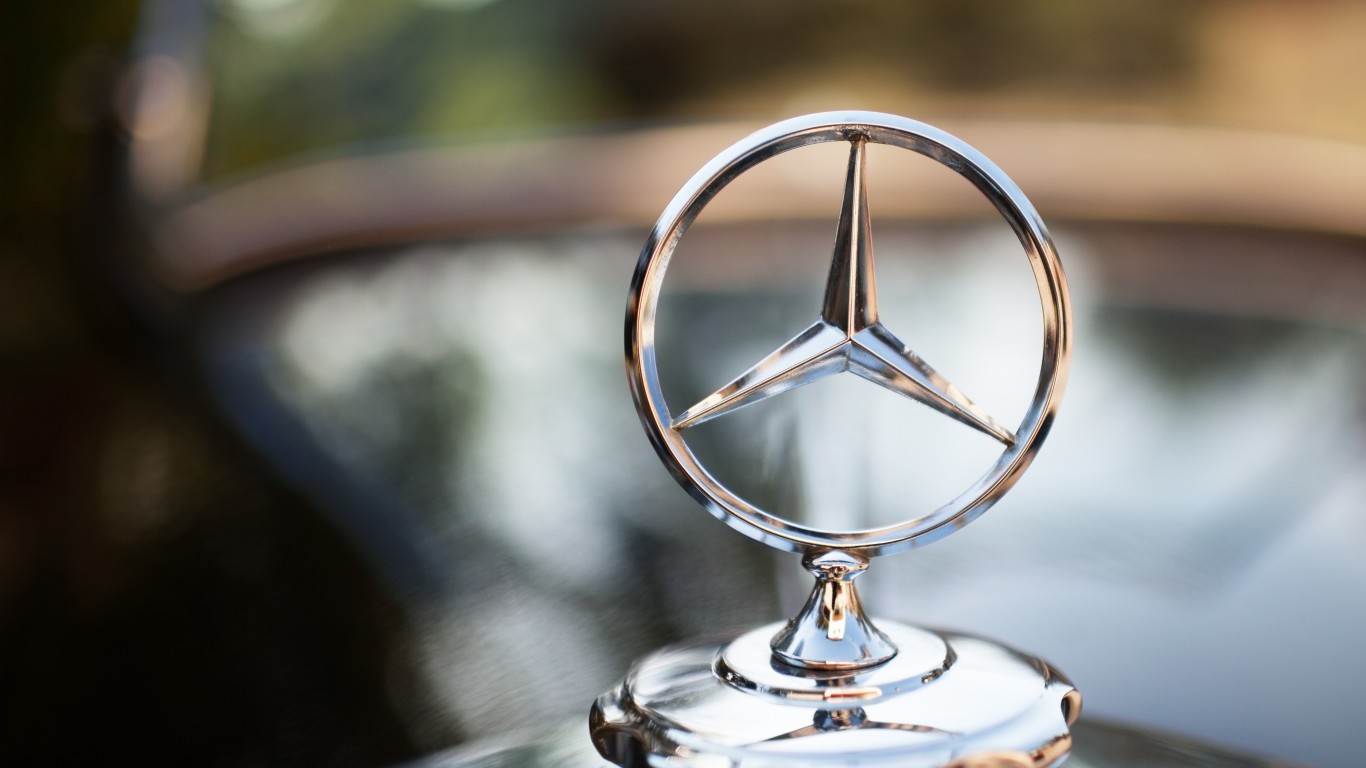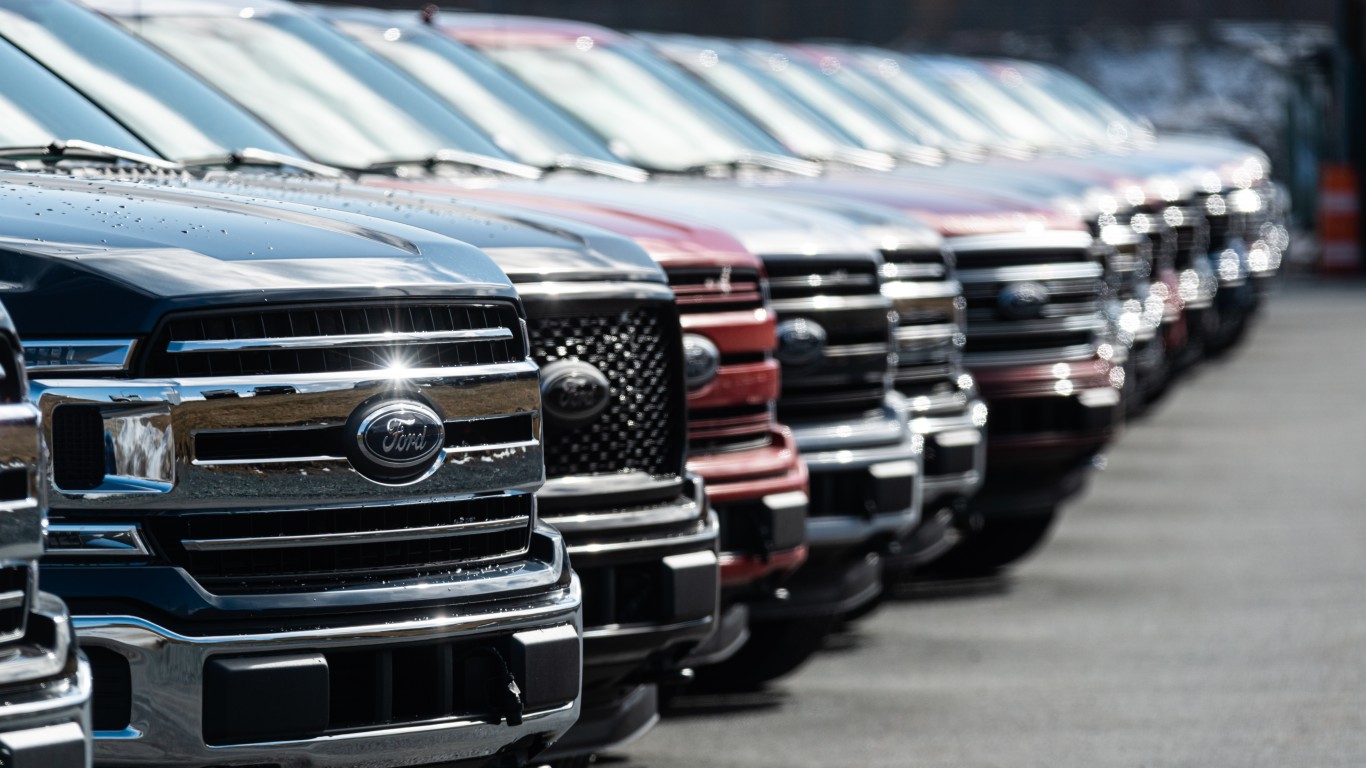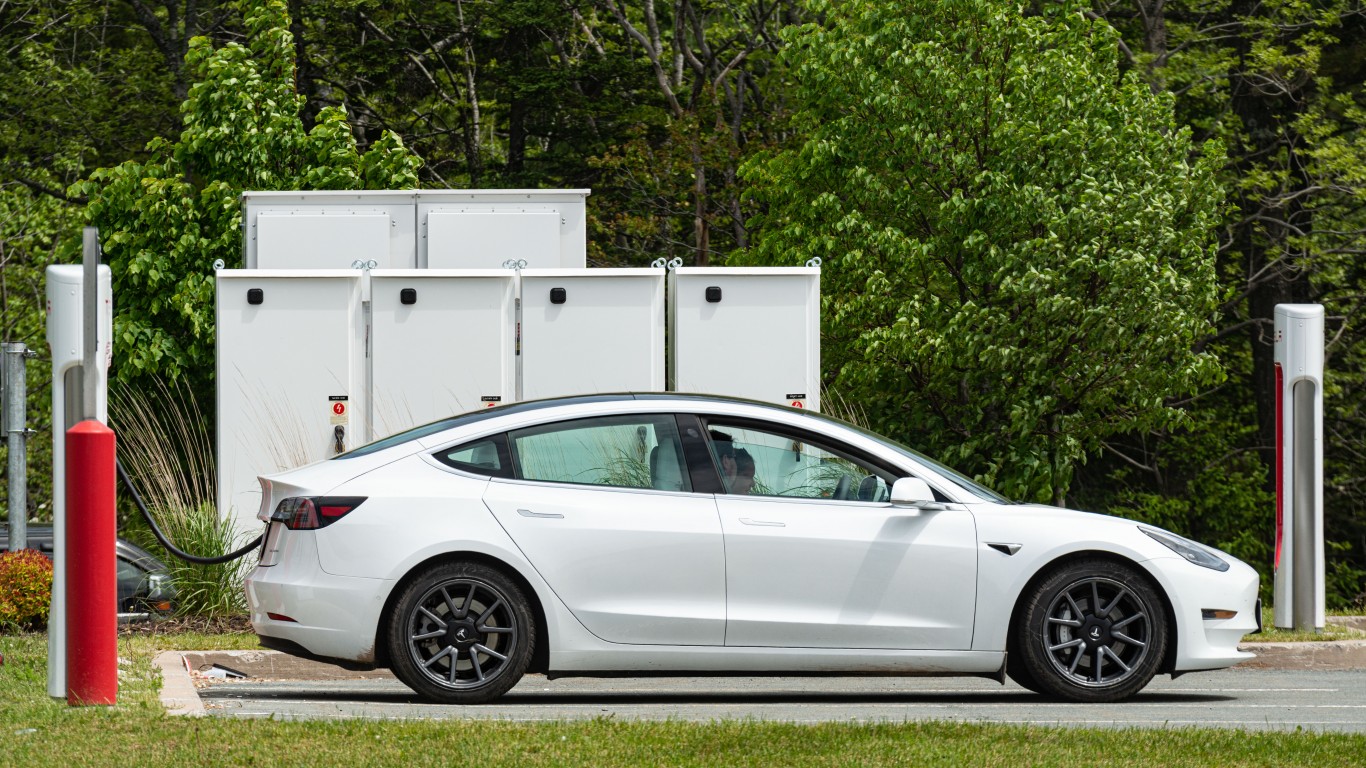 The recent history of the results of car company mergers is mixed. Renault and Nissan virtually merged in 1999 and share Carlos Ghosn as their CEO. There is no compelling evidence that the marriage has hurt — or helped — either company. Chrysler and Daimler merged in 1998, but the deal was a failure. The Germany company sold most of the American one in 2007. Chrysler promptly went into Chapter 11.
The recent history of the results of car company mergers is mixed. Renault and Nissan virtually merged in 1999 and share Carlos Ghosn as their CEO. There is no compelling evidence that the marriage has hurt — or helped — either company. Chrysler and Daimler merged in 1998, but the deal was a failure. The Germany company sold most of the American one in 2007. Chrysler promptly went into Chapter 11.
Several mergers are being considered now. The reason for each would be the same as for those set over a decade ago. Production efficiencies and common design facilities are supposed to save money.
General Motors (NYSE: GM) may take a stake in PSA Peugeot Citroen. GM is in trouble in Europe. Its large Opel operation has lost money for five years. And it faces powerful unions and local government objections as it tries to cut costs. If it can cooperate with Peugeot, GM may save some money due to joint production operations. Analysts have pointed out, though, that both Opel and Peugeot are weak players in the market. Neither has much presence outside the EU market, and that market is in trouble because of a regional recession. Economies of scale will be swamped by the economies of the region.
Volkswagen has had an “on again, off again” relationship with Porsche. The larger company holds 49.9% of the smaller one. VW has held off buying the balance of Porsche because of legal issues and the expense of the transaction. German tax authorities have not approved the transaction. There have been suits about the valuation of Porsche. That makes the deal a risky one for VW, as well as raises the question of whether it is even worthwhile. Porsche is a tiny company that makes complex and expensive cars. What can VW bring to the manufacturing and design programs of Porsche? That cannot be answered until after a deal is done. But in some cases from the past, when a large company has purchased a smaller one that makes expensive vehicles, they have failed. Ford (NYSE: F) bought Jaguar and Range Rover in 1990, and sold them to Tata Motor (NYSE: TTM) in 2007. The sale to Tata was for $2.3 billion. Ford purchased the two brands for $5.3 billion and invested heavily in them.
History is not on the side of any GM merger with Peugeot, no matter how attractive its seems. The integration of two car companies based on the plans made by each of them rarely works.
Douglas A. McIntyre
100 Million Americans Are Missing This Crucial Retirement Tool
The thought of burdening your family with a financial disaster is most Americans’ nightmare. However, recent studies show that over 100 million Americans still don’t have proper life insurance in the event they pass away.
Life insurance can bring peace of mind – ensuring your loved ones are safeguarded against unforeseen expenses and debts. With premiums often lower than expected and a variety of plans tailored to different life stages and health conditions, securing a policy is more accessible than ever.
A quick, no-obligation quote can provide valuable insight into what’s available and what might best suit your family’s needs. Life insurance is a simple step you can take today to help secure peace of mind for your loved ones tomorrow.
Click here to learn how to get a quote in just a few minutes.
Thank you for reading! Have some feedback for us?
Contact the 24/7 Wall St. editorial team.




